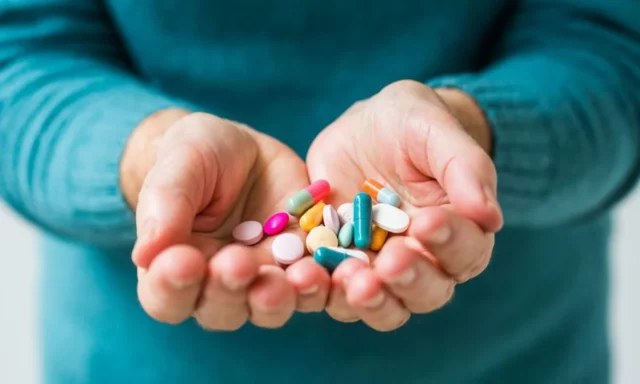The skin is the organ in charge of protecting our body against microbes and bacteria, therefore, when it is broken, regardless of the size or type of the wound, special care must be taken in order to avoid infections, diseases or, more specifically, an antimicrobial resistance. The latter being the main concern of specialists.
According to the Hygiene and Health Report 2020-2021 carried out every 2 years by Essity, a leading company in hygiene and health that breaks barriers for well-being, more than 70% of the bacteria that cause infections related to medical care are resistant, to at least one of the drugs most commonly used to treat them.
For its part, the World Health Organization (WHO) ensures that antimicrobial resistance is the phenomenon resulting from the ability of certain microorganisms, such as bacteria and viruses, to neutralize the effect of drugs, such as antibiotics. This arises by the mutation of the microorganism or by the acquisition of the resistance gene.
In addition, according to data from the Center for Disease Control and Prevention (CDC), it is estimated that unless action is taken, the volume of deaths caused by resistant bacteria could increase to 10 million lives every year by 2050, with a cumulative cost to global economic output of US$ 100 trillion.
Within the guidelines provided by the specialist, he highlighted the identification of risk factors for the development of infection. “The risk of wound infection is influenced by the characteristics of the individual (host), their wound, and the environment. The factors that can influence the development of wound infection are systemic, multifactorial and encompass many variables”, she says.
The signs to identify an infection can vary between the presence of Erythema (reddening of the skin), local warmth, edema, purulent exudate, bleeding, rupture or enlargement of wounds, new or increasing pain and increased bad odor.

It is essential that doctors develop a series of guidelines that both the patient and a family member or caregiver can:
• Identify factors that may contribute to the development or prolong infection.
• Establish feasible goals of care and treatment options that are acceptable to the person and their family caregiver.
• Develop a comprehensive wound infection prevention and management plan that is consistent with the individual’s preferences and goals of care.
Likewise, during the Symposium some indications about the presence of antimicrobial resistance or a possible biofilm were determined. These range from failure of appropriate antibiotic treatment, delayed healing, increased moisture, erythema under the skin, poor granulation to secondary signs of infection.
In case of experiencing any of these signs, Medical Solutions recommends the accompaniment of specialist doctors and avoiding self-medication; that is, not asking doctors for antibiotics when it is not necessary and following the instructions of the prescribed treatments to the letter. Although antibiotics are one of the greatest achievements of humanity, people must maintain responsible practices around treatments so that this achievement is maintained over time.


